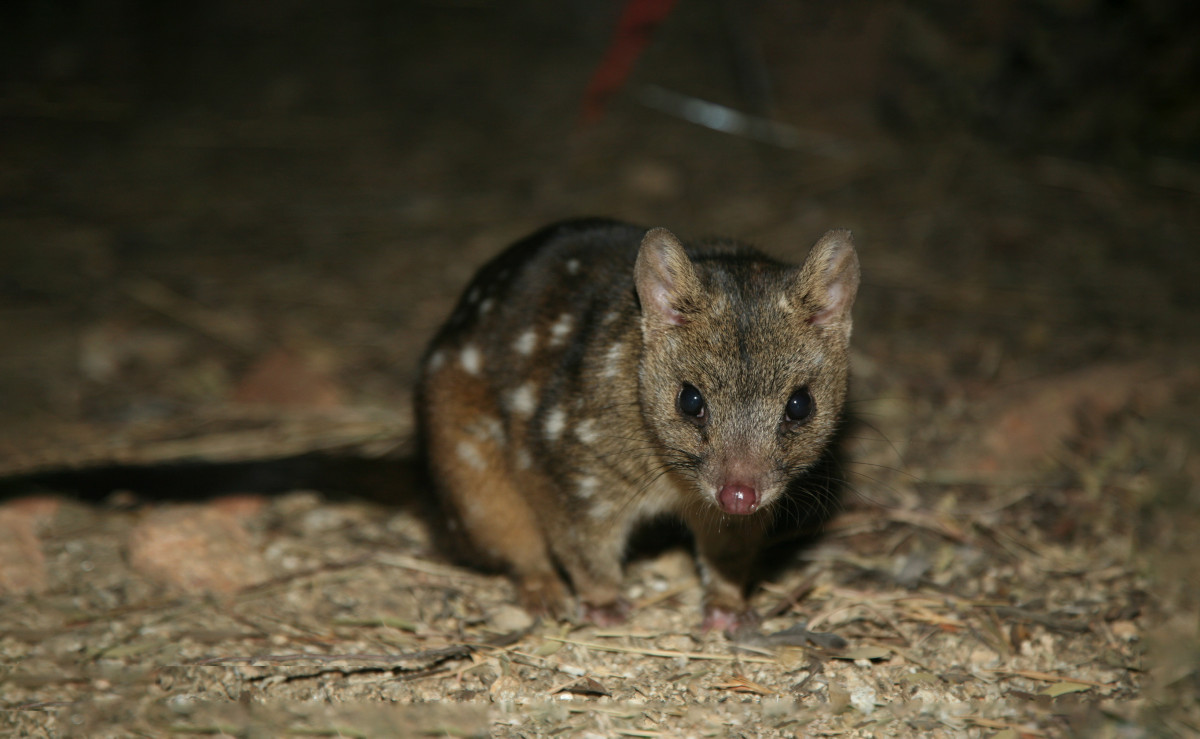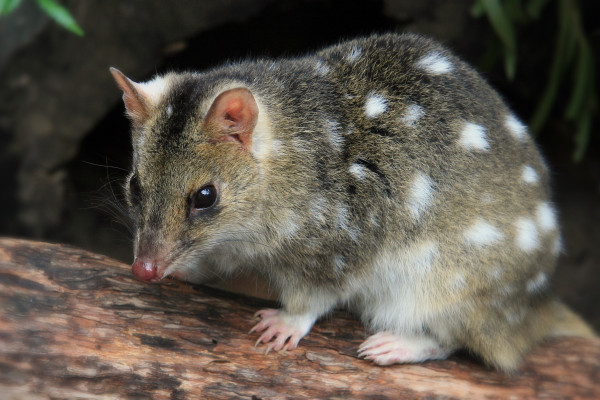Thanks to reintroduction efforts in 2022, the Western Quoll is once again an important part of the Vulkathunha-Gammon Ranges National Park ecosystem after more than 100 years of local extinction.
FAME’s successful partnership with the SA Department for Environment and Water (DEW) and SA Arid Lands continued last year with the release of native predators to Vulkathunha-Gammon Ranges National Park (VGRNP).
The Western Quoll - also known as Chuditch or Idnya - has been making a new home a few hours north of Ikara-Flinders Ranges in this new phase of our rewilding of South Australia’s northern region.
April last year saw an initial release in VGRNP which early signs suggested had gone well.
NOVEMBER QUOLL RELEASES
In mid-November, this population of 25 was added to with the arrival of ten new individuals from Western Australia - six females and four males. These chuditch were trapped in the Dryandra Woodlands, where our Numbat project is based, and were fitted with VHF radio tracking collars prior to release.
One week later, another 15 quolls were introduced to VGRNP to bring the total release number to 50. This group was transported from the Western Plains Taronga Zoo in Victoria, which had included two Idnya from the reintroduced population in SA to kickstart their breeding program, and ten of these were radio collared.
Radio tracking the quolls enables the team to learn about their habitat use and preferred shelter sites, as well as facilitating recapture to assess the health of the animals over time.


